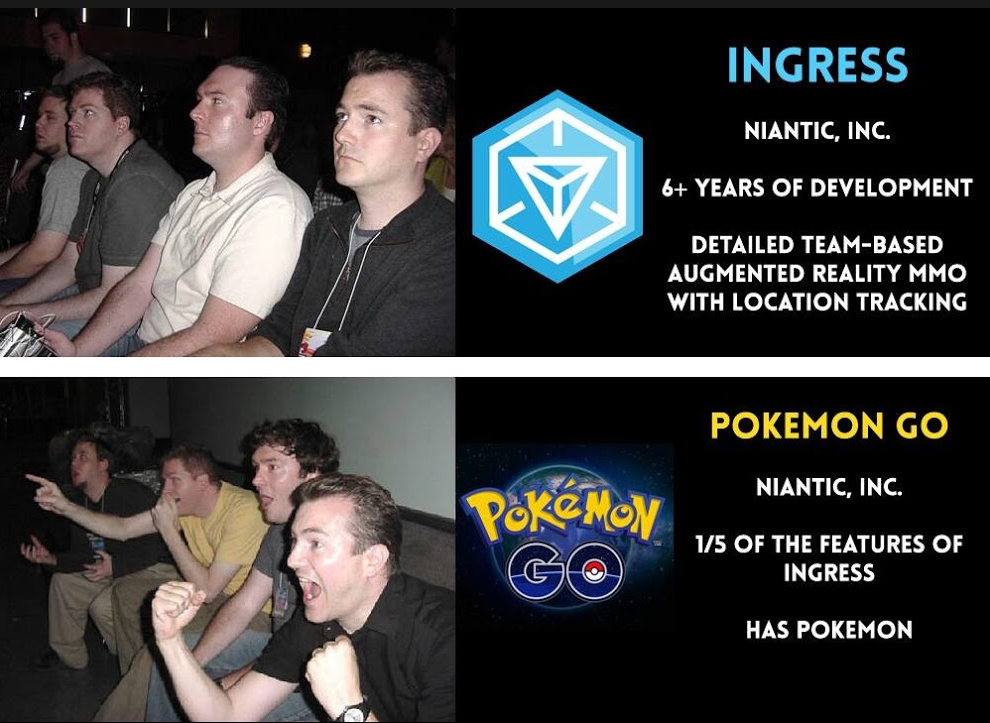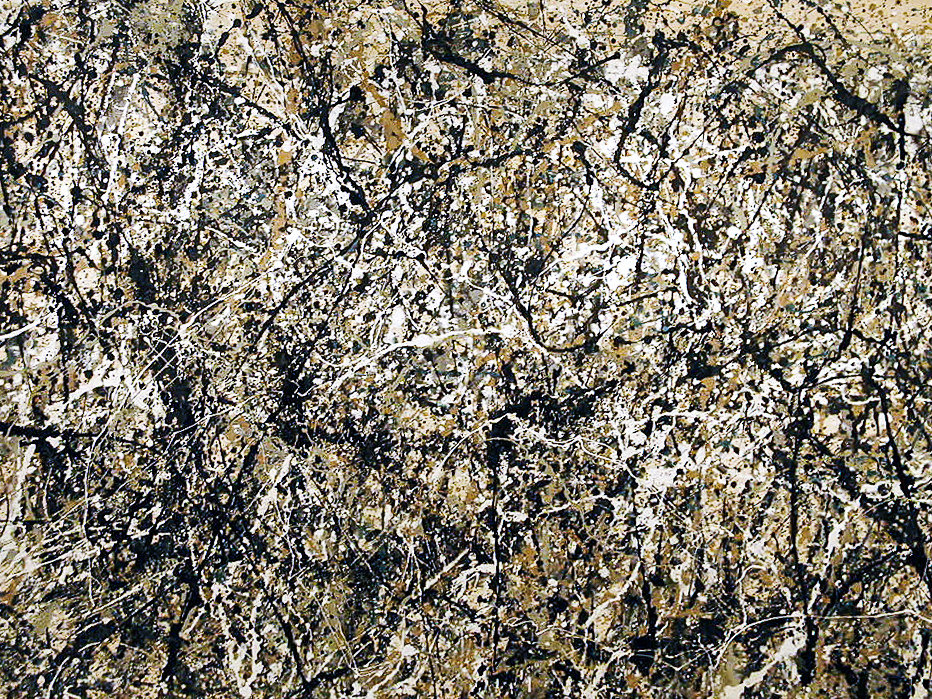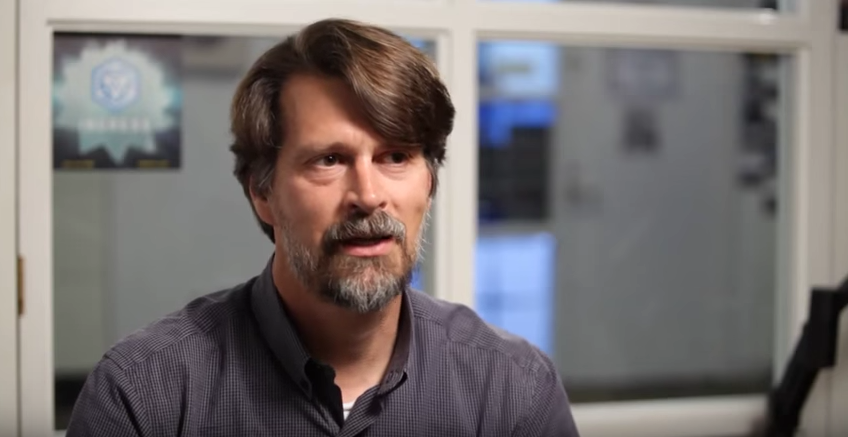
Pokemon Go’s success has annoyed some long-time Ingress players (both games are made by the same company, Niantic).
To them, Pokemon Go is an inferior game that succeeded because it rode on Nintendo’s intellectual property. This meme spreading around social media expresses the sentiment best:

But this thinking disparages the engineering ingenuity required to make such a massive game work. It overlooks the decades of expertise possessed by John Hanke, the founder of Niantic.
Despite launching in only 39 countries out of the planned 200, the game already has more daily active users than Twitter in a couple of weeks after its launch. Think about the nightmare of scaling the game up so quickly!
Critics also forget that Ingress served as a proof of concept for Niantic’s real plan, that of creating a platform to help customers build their own geolocated games.
Ingress was never the destination.
Pokemon Go is an example of experimental innovation, in which ground-breaking ideas are produced through trial and error.
The game wasn’t a bolt from the blue. It started as an April Fools’ joke, which evolved into a full-fledged game that saw some success. Its final evolution? Pokemon Go.
Here lies a valuable lesson: our lives are a series of dress rehearsals and dry runs, all leading towards our Greatest Work, our Magnum Opus.
The painting that captivated the world
Leonardo da Vinci’s Mona Lisa had a long journey to completion. The artist began painting it in 1503, and worked on it intermittently. He finished it only in 1519.
In between, he experimented with various techniques. Critics derided him for wasting time instead of focusing on finishing his paintings. Yet these experiments made its way into theMona Lisa. Historian William Pannapacker explains:
Leonardo’s work in optics might have delayed a project, but his final achievements in painting depended on the experiments… they represent a lifetime of productive brainstorming, a private working out of the ideas on which his more public work depended.
Many of the most prominent artists have a similar process. Jackson Pollock quietlyexperimented with techniques that eventually led to his unique drip paintings.

John Hanke’s life was also a series of experiments. At 49, he’s old in an industry that celebrates young geniuses like Mark Zuckerberg and Evan Spiegel.
But if we trace John’s history, we’ll find the stepping stones that led him to Pokemon Go.
In the mid-90s, while pursuing his MBA, he developed a game that let hundreds of people play together online.
Later, he started a geospatial tech company called Keyhole, which was acquired by Google for US$35 million in 2004. He stayed on at the search giant to lead the development of Google Earth, Maps, and StreetView.

He then started Niantic as an internal startup at Google, and then spun it out as an independent company.
Now, he could be well on his way to bringing augmented reality (AR) into the mainstream. Yes, Pokemon Go may be a primitive and even poor implementation of AR. But it’s probably a precursor to something greater.
For the rest of us, the rise of Pokemon Go should cause us to look within.
What are we passionate about, and how are we working towards creating our Greatest Work?

Walang komento:
Mag-post ng isang Komento